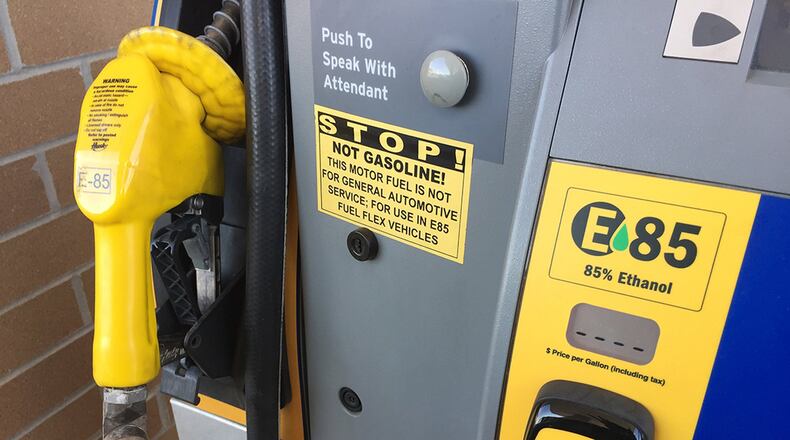Halderman:
The difference between a “regular” car and a flex fuel vehicle is that the flex fuel vehicle is capable of using E85. E85 is a fuel that is 85 percent ethanol and 15 percent gasoline.
Using E85 will result in reduced fuel economy compared to using gasoline. The performance is about the same using E85. The reduction in fuel economy, however, is what owners often mention and do not like about using E85.
The reduction in the fuel economy when using E85 is about 20 percent. If the vehicle is rated at 30 MPG on gasoline, the same vehicle using E85 will likely be rated at 24 MPG.
A flex fuel vehicle has a more robust fuel system compared to a regular non-flex fuel vehicle, including stainless steel fuel lines and a fuel pump and fuel injectors that are designed to withstand the corrosive effects of alcohol.
In fact, I often recommend that people purchase a flex fuel vehicle whenever possible, new or used, simply to get the enhanced fuel systems component which will likely have a long service life. The cost of the flex fuel option for most vehicles is often no additional cost or a low-cost option.
The answer to the second question is yes, you can use regular gas. Any flex fuel vehicle can use regular gasoline, but regular vehicles should not use E85.
About the Author
